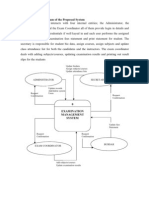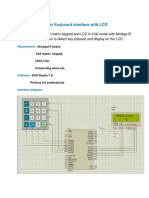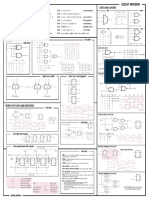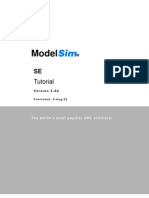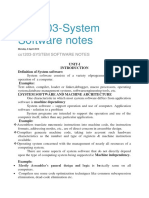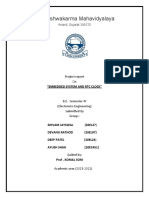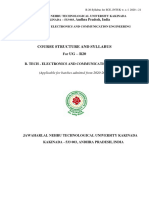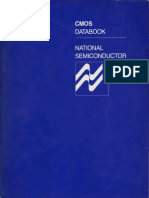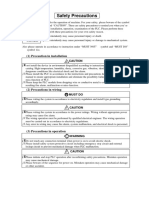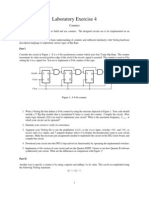0% found this document useful (0 votes)
296 views39 pagesSequential Circuit Design Guide
The document describes the process of designing sequential circuits. It discusses Moore and Mealy sequence detectors as examples. The key steps are:
1. Obtain a state diagram from the problem description.
2. Assign binary codes to states and fill a state table.
3. Derive equations for flip-flop inputs and outputs.
4. Draw the circuit diagram.
5. Verify the design is correct.
Moore detectors output depends on state, while Mealy output depends on inputs and state. Mealy designs typically use fewer states than Moore.
Uploaded by
Saurav GuptaCopyright
© © All Rights Reserved
We take content rights seriously. If you suspect this is your content, claim it here.
Available Formats
Download as PDF, TXT or read online on Scribd
0% found this document useful (0 votes)
296 views39 pagesSequential Circuit Design Guide
The document describes the process of designing sequential circuits. It discusses Moore and Mealy sequence detectors as examples. The key steps are:
1. Obtain a state diagram from the problem description.
2. Assign binary codes to states and fill a state table.
3. Derive equations for flip-flop inputs and outputs.
4. Draw the circuit diagram.
5. Verify the design is correct.
Moore detectors output depends on state, while Mealy output depends on inputs and state. Mealy designs typically use fewer states than Moore.
Uploaded by
Saurav GuptaCopyright
© © All Rights Reserved
We take content rights seriously. If you suspect this is your content, claim it here.
Available Formats
Download as PDF, TXT or read online on Scribd
/ 39










